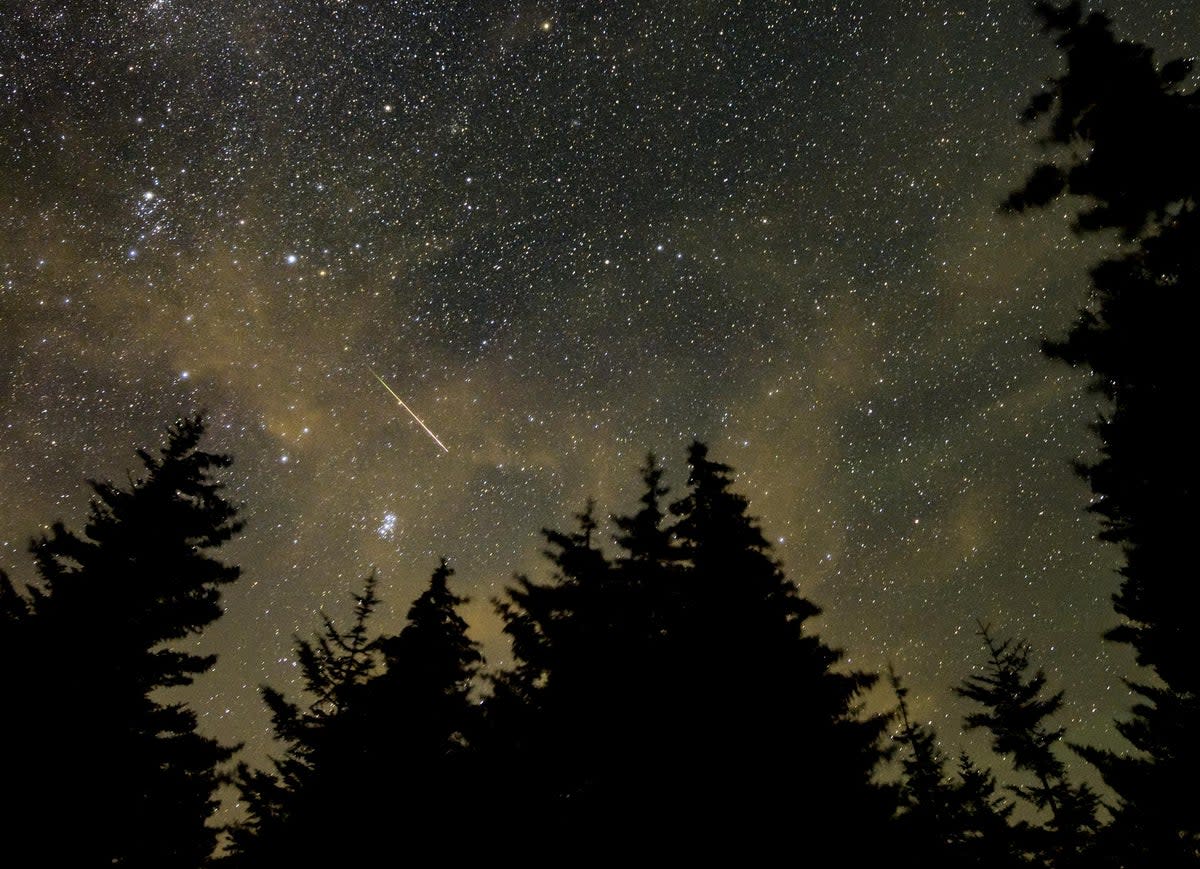Peak of Perseid meteor shower Friday could be dimmed by super moonlight

The Perseid meteor shower returns this weekend, with peak shooting star viewing coming on Friday and Saturday.
But skygazers used to staying up for this annual meteor shower could be thwarted by another celestial event — the bright August full Moon, a “Super Moon,” that peaks Thursday, but will remain very bright through Saturday night.
“Sadly, this year’s Perseids peak will see the worst possible circumstances for spotters,” Nasa astronomer Bill Cooke said in a statement. “Most of us in North America would normally see 50 or 60 meteors per hour,” he said, “but this year, during the normal peak, the full Moon will reduce that to 10-20 per hour at best.”
The Perseid meteor shower, with its high rate of shooting stars, is considered one of the best annual meteor showers for skygazers. The shower is also known for fireballs, brighter, longer lasting flares of light from meteors rather than simple streaks of light.
Because of the brightness of the Perseid, some will remain visible despite the bright full Moon, and observers that place the full Moon at their back and are patient may still see some shooting stars between midnight and dawn on Friday and Saturday.
Failing that, the meteor shower will continue through 1 September as the full Moon fades, albeit with a lower frequency of meteors.
The Perseid meteor shower results from Earth passing through the trail of debris left by the comet Comet Swift-Tuttle, which orbits the Sun every 133 years. The comet last passed near Earth in 1992, and will not swing by again until 2125, but records suggest the Perseids that result from its trail we known to Europeans at least as far back as the middle ages.

